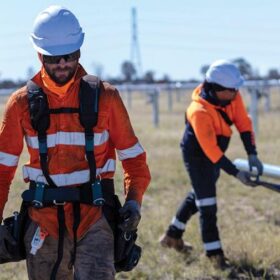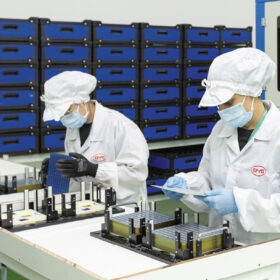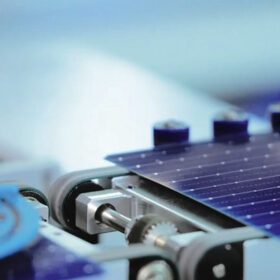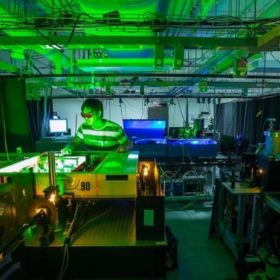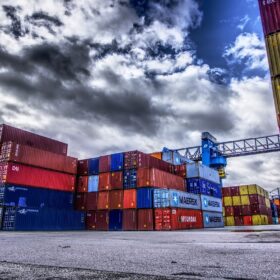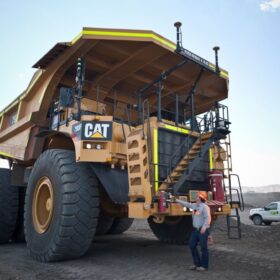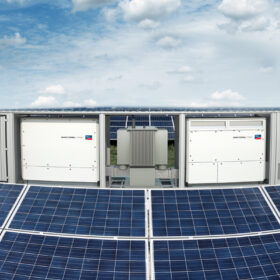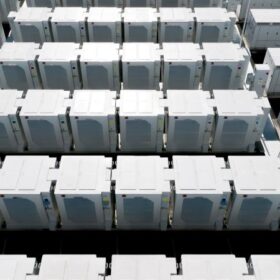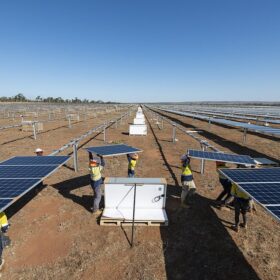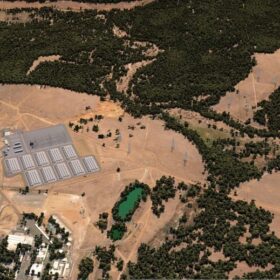Two million more workers needed to enable Australia’s energy transition, government report finds
Australia will need a 40% increase in workers in building and engineering trades by 2050 to enable the energy transition, a new report from the Australian government says.
Around 40% of the workforce in global PV industry is female
According to recently published employment report by the International Renewable Energy Agency (IRENA), the global solar industry employed around 5 million people at the end of last year. The report also reveals that women’s employment in the industry was “uneven”, with females mostly hired for administrative positions (58%) followed by science, technology, engineering, and mathematics (38%) and non-STEM technical positions (35%).
Weekend read: Getting to the bottom of TOPCon degradation
Should the industry be alarmed at the potential degradation susceptibility of tunnel oxide passivated contact (TOPCon) solar cells? Or are the problems easily addressed and more a reflection of rushed-to-market products? pv magazine contributor and consultant Götz Fischbeck reports.
Indian scientists making high-purity polysilicon ingots from recyled PV cells
Indian scientists have produced high-purity polysilicon ingots from recycled solar cells using “spark plasma sintering” (SPS), and claim they may achieve a purity level comparable to commercially available products.
How long do residential solar batteries last?
Multiple factors affect the lifespan of residential battery energy storage systems. We look at the lifespans of batteries in the third part of this series.
PV near railway tracks is technically feasible, researchers claim
Despite soiling and mechanical stress, PV deployed between or close to rail tracks is not just a crazy idea, states an Australian-Bangladeshi research group. The scientists conducted a techno-economic analysis on a 128 kW demonstrator and found it may achieve a levelised cost of energy of only USD 0.052/kWh ($0.080/kWh).
UNSW team make discovery they say could push solar’s efficiency limit beyond 40%
UNSW researchers have found a new approach to photochemical upconversion, which involves converting low light particles into higher-energy light particles. The discovery has potential to unlock innovations in renewable energy, particularly solar, with the team flagging it could raise the efficiency limit of solar devices from 33.7% to 40% or beyond.
Three steps to reduce battery storage fire risk
Lithium-ion batteries are generally safe and unlikely to fail, but they can catch fire if damaged, stored, or operated incorrectly. With calls mounting for development of engineering good practice, US-based Firetrace International suggests three steps that battery manufacturers, developers and operators should take into account.
New figures provide clarity on solar module glut, ‘dumping’ prices
German PV analyst Karl-Heinz Remmers looks at current price trends in the global and European PV industry. The figures he provides could explain how overcapacity and warehouses full of PV modules are affecting market prices.
Report exposes Australia’s biggest fossil fuel subsidy and how mining industry could be better served
A new report by Climate Energy Finance has revealed Australia’s diesel Fuel Tax Credit Scheme disincentivises growth in future industries and will cost taxpayers $37 billion (USD 23.8b) in lost tax revenue by 2030. The report also illustrates how capping these rebates represents a multifaceted advantage for Australian manufacturing of low and zero-emission mining vehicles.
